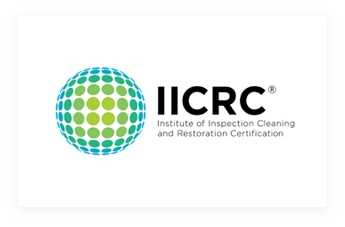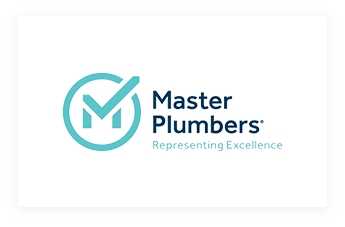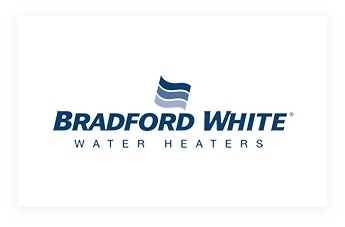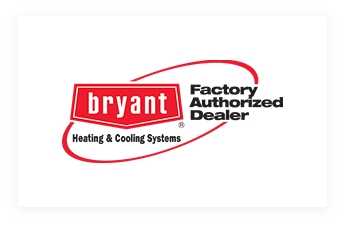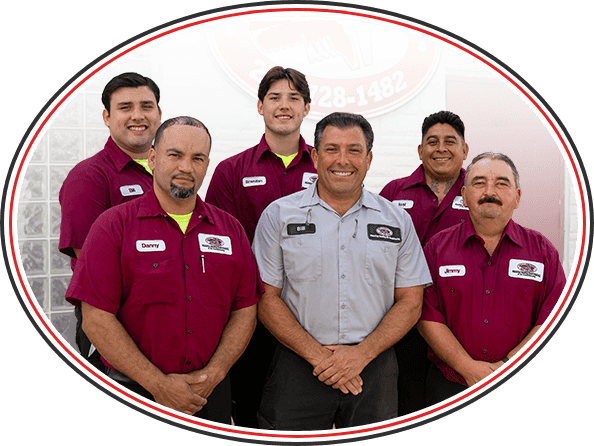Philadelphia, Bucks & Montgomery County Sewer & Drain Services
Top Plumbing Repair Company Since 1967 With Offices in Philadelphia & Horsham
Sewer Repair in Philadelphia & Horsham
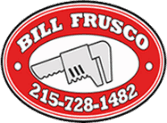
Full HVAC Install
*Call for pricing on other system types
Apply Coupon Code
SAVE1000

Camera and Drain
Cleaning Inspection
Camera & Drain Cleaning Inspection
Apply Coupon Code
SAVE199

Bradford White Water
Heater Install
*Call for details
Apply Coupon Code
SAVE200

Heating System Installation
Apply Coupon Code
SAVE500
If you are having major issues with your sewage system, you may need to invest in sewer replacement. However, many problems can be fixed with minor repairs to your sewer line. Bill Frusco Plumbing, Heating, & Cooling provides sewer repair in Philadelphia, Horsham and the surrounding areas from our offices in Philadelphia and Horsham. As a third-generation family-owned business, we treat our customers like members of the Frusco family. This is why we offer financing options with approved credit, emergency service, and honest pricing no matter what plumbing issue you are dealing with.
Sewer problems can cause major sanitation issues and plumbing backups on any type of property. If you suspect your sewer isn’t working like it should, look for the following warning signs:
- A sewage odor coming from your drains
- Multiple drains aren’t working on your property
- Bubbles in your toilet or drain
- Clogged drains
- Sewage coming from cleanout pipes located outside
If you notice any of these symptoms, it is unlikely to be an issue you can fix on your own. With the help of a company that does sewer repairs in Philadelphia, Horsham & surrounding, you can prevent or repair serious sewer line problems like:
- Bellied pipes
- Cracked pipes
- Corrosion
- Roots in the sewer line
- Off-grade piping
How Sewer Repair Works
Traditional sewer line repair or on-site repair involves excavating and even removing a wall to replace the entire pipe. This type of repair is faster, unless the blockage has returned to the main sewer line or affects more than one pipe. This allows you to repair the sewer pipe faster with less damage to the area.
It is possible to repair only the sewer without replacing the entire pipe. Existing sewers can also be covered with a kind of casing to avoid cracks in the pipes. Hydraulic power can be used to break parts of the pipe, and new seamless pipes can be used to replace the broken parts.
This trenchless method uses hydraulics to further break down the old damaged pipe and smoothly replace it with new pipe. In the event of a complete line break or interruption, repair usually requires excavation of the old system and installation of a complete replacement system. For example, if a pipe collapses, leans backward, or has the wrong slope, trenchless repair methods may not work.
Whether trenchless sewer repair is right for you depends largely on the condition of the damaged pipes. The only way to determine if trenchless sewer repairs will solve your particular problem is to have a qualified Philadelphia or Horsham sewer repair contractor come out and inspect the problem.
Trenchless sewer repairs are just as effective as traditional methods. Remember that traditional sewer repair methods tend to be quite invasive. If your pipes are damaged beyond repair, you may need to resort to traditional sewer replacement methods. The duration of the repair depends on the pipe material and the method used. Although CIPP repairs can take as long as new sewer lines, they reduce the diameter of the sewer lines.
Broken Pipe Repair
When the sewer is too damaged to use the pipe lining method, a more invasive repair can be done without trenching. This minimally invasive method can repair damaged drains without the extensive excavation typically associated with sewer repair.
Trenchless sewer pipe repairs such as pipe rupture and pipe lining are minimally invasive and known for their durability. The main benefit of trenchless sewer repairs is the fact that we can do a lot of work (and inspections) without diverting traffic or digging a trench on your property. We will eliminate any unnecessary excavation, meaning construction sites and concrete can appear intact when we perform our sewer repair services or even replace sewer lines.
These improvements will allow fewer aquifers to enter the sewer system when it rains. Another way to reduce the cost of future sewer repairs is to invest in replacing old sewer pipes with new ones that will resist root damage.
Cracked sewers can be more than just expensive repairs – They can cause significant property damage and cause serious health risks. With the unpleasant smell of damaged drains and messy cleaning, it can be difficult to pinpoint the root cause of sewage problems without a professional.
For sewers close to the surface, broken pipes can quickly start collecting water that seeps into the grass and becomes visible at the surface. When pipes become clamped, they must be replaced so that wastewater does not contaminate the ground.
When a pipe is clogged, it can often be cleared out with an auger. With regular inspections and sewer cleaning services, you can prevent debris from entering your pipes, as well as cracks, clogs, or ruptures.
You can help your sewer system by watching for warning signs, keeping the system clean, and minimizing repairs as needed. To prevent further damage, it is important to be aware of the signs of a damaged sewer system so that you can take immediate action and contact an experienced service professional.
Affordability
Using trenchless sewer repair methods can seem more expensive than traditional methods until the cost of replacing damaged property is taken into account. Trenchless repairs use the cleaning of existing plumbing (usually located outside the home) and small access points to restore drain pipes from the inside. Trenchless pipe repair structurally rebuilds an existing pipe inside using failed or worn pipe as a foundation, rather than destructive and costly trenching followed by conventional pipe repair and subsequent restoration of damaged surfaces (floors, walls, foundations, furniture, etc.)
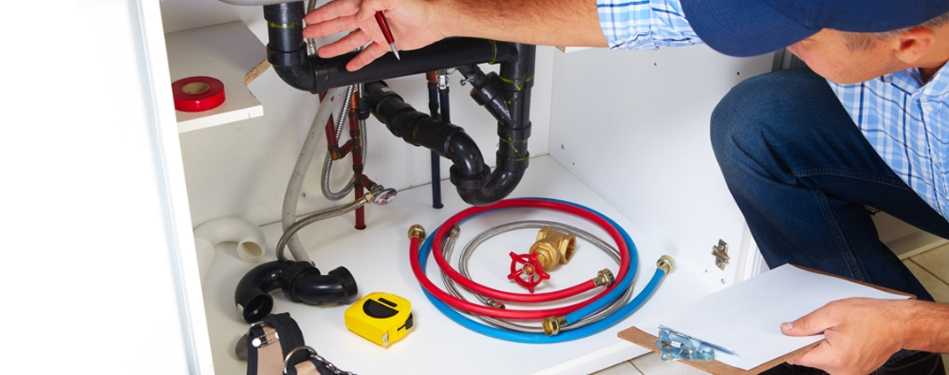
As registered licensed master plumbers, we have the experience and know how to get the job done the first time, every time. If not, we’ll make it right!
Broken sewer lines can wreak havoc at your home or place of business. Having decades of experience in the plumbing industry, there is no job we haven’t seen or handled. Our trenchless sewer repair experts are able to fix your sewer with minimal digging to your yard leaving your landscaping intact.
When it comes to your home, you only want the best of the best working on your property. As a 3rd generation family owned business with over 50 years experience, we treat everyone’s home like it was our own. So when you have major water damage, it is a true emergency. We can restore your property using water removal and remediation services to get it back looking like new.

Options available
Call the Old School Plumber
Expert Sewer Repairs in Philadelphia & Horsham
Few people budget for the repair or replacement of a sewer line and all the additional costs associated with it such as turf, landscaping, sprinklers, patios and driveways. The cost varies depending on the type of sewer line that will be replaced and the number of existing pipes that will be replaced.
At Bill Frusco Plumbing, Heating, & Cooling, our team of licensed master plumbing professionals knows the importance of keeping your sewer clean and functional, which is why we use unrivaled tools and expertise to provide the best possible service. With 5 decades in the plumbing business, we treat our customers like members of our family. Our second location has opened in Horsham so we can better serve customers in Bucks County and Montgomery County. Give us a call to set up an appointment or receive a free estimate for sewer repairs today.
400+ Five-Star Reviews
Yes, you read that right. Thanks to our dedicated team of customer service experts, a team of service technicians who make it their top priority to always give their best on each job, and our commitment to excellence that has been part of our business philosophy since we first opened our doors in 1967, we have had the honor of receiving well over 400 five-star reviews from satisfied customers throughout the Greater Philadelphia area. Thus, when you start searching for plumbing repair near me, there’s no doubt you can count on us here at Bill Frusco Plumbing. Since our reputation is on the line each time we make a service call, we do our best to give our customers the service they deserve at a price they can afford.
Don’t Settle for Less
While we know there are many plumbing companies here in the Greater Philadelphia area, we also know not all companies are alike when it comes to customer service. Here at Bill Frusco Plumbing, we don’t believe our customers should settle for anything less than the best. Since we specialize not only in same-day repair, replacement, and installation, but also offer 24-hour emergency service, we can get your system up to speed faster than anybody else. Rather than call the first HVAC company you find online or in the phone book and only hope you will get immediate service from well-trained technicians, choose instead to contact Bill Frusco Plumbing’s locations in Philadelphia or Horsham.
24 Hour Plumbing Repair in Bucks, Montgomery & Philadelphia County
Unlike some companies that act as if it is the fault of the customer when an HVAC system goes awry, we here at Bill Frusco Plumbing are a plumbing repair company that realizes things happen that are simply out of your control now and then. Thus, you’ll never find us putting you off when it comes to scheduling repairs. In fact, we will always work with you to make sure we get to your home as quickly as possible.
When you’ve been searching for the best HVAC repair near me, contact us here at Bill Frusco Plumbing. Should the need for emergency service arise, call us immediately for 24/7 service.

“Best plumbing services that you can trust”
Catherina Miler
Customer

Full HVAC Install
*Call for pricing on other system types
Apply Coupon Code
SAVE1000

Camera and Drain
Cleaning Inspection
Camera & Drain Cleaning Inspection
Apply Coupon Code
SAVE199

Bradford White Water
Heater Install
*Call for details
Apply Coupon Code
SAVE200

Heating System Installation
Apply Coupon Code
SAVE500
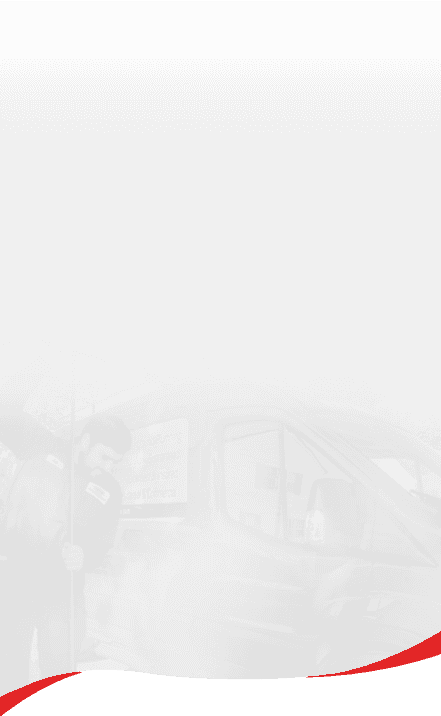
Why Choose Bill Frusco
50 years of expertise & counting
Plumber in Philadelphia
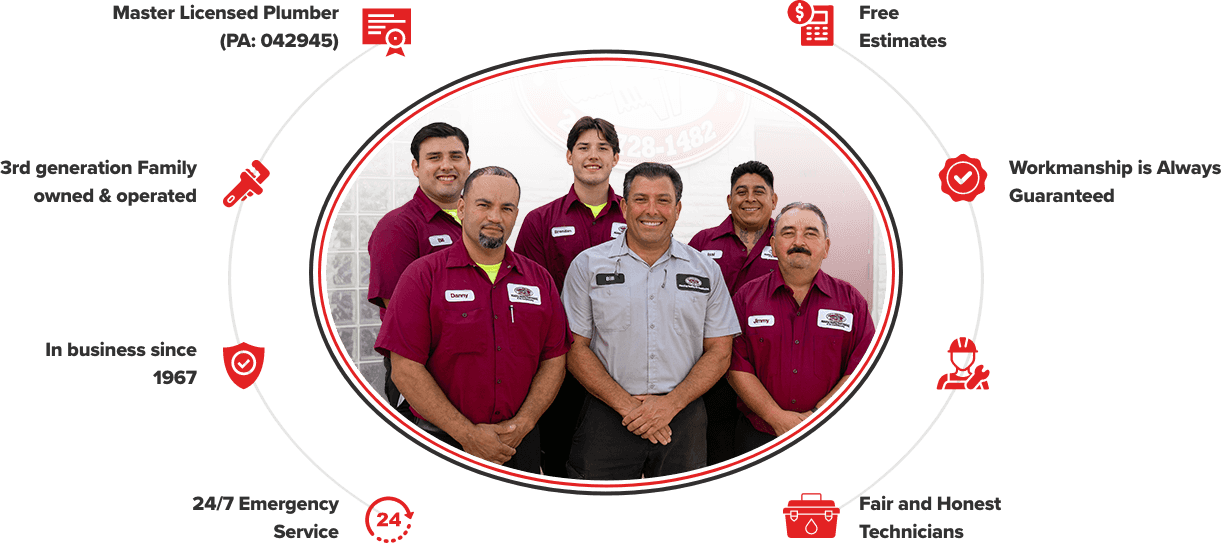
Certifications
